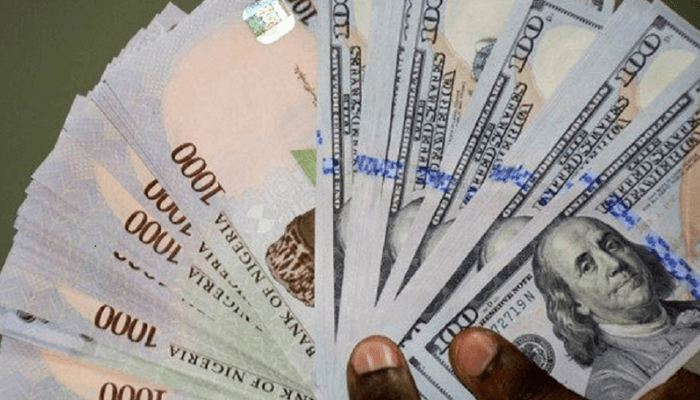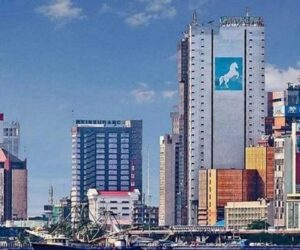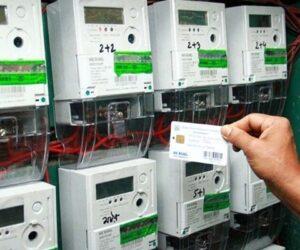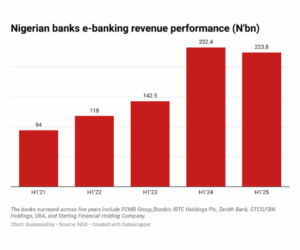…As oil inflows record positive impact on FX reserves
The naira recorded its strongest gain in seven months on Wednesday, buoyed by robust foreign reserves that saw a $4.1 billion rise between July and August.
Data from the Central Bank of Nigeria (CBN) showed that the local currency strengthened to N1,506.08 to a dollar on Wednesday at the Nigerian Foreign Exchange Market (NFEM). The naira previously reached this mark on March 5, 2025, when it closed at N1, 500.80/$.
The naira has continued to enjoy rare stability, driven by the various policies of the Central Bank of Nigeria (CBN) – including maintaining a high interest rate to lure foreign capital.
Naira witnessed some turbulence after the authorities relaxed currency controls, effectively floating it to let market forces determine its value. That saw the unit fall by over 70 percent and disrupted business plans of many firms in Africa’s most populous nation.
But those eras of sharp swings are phasing out as the local currency is expected to continue its rally until the end of the year, with global investment bank JP Morgan forecasting it to close 2025 at N1,450 per dollar.
A potential rate cut by the United States Federal Reserve also bodes well for the naira’s long-term stability as global capital finds its way into emerging markets like Nigeria, further bolstering the stability of the currency.
Read also: Naira hits six-month high of ₦1,514.86 on rising liquidity, external reserves
“A lower US interest rate would diminish the relative attractiveness of US assets, prompting global investors to seek higher returns in emerging markets like Nigeria. Consequently, Nigeria will likely experience increased portfolio inflows, particularly into the fixed-income market,” analysts at FBNQuest Merchant Bank wrote in a note recently.
“Renewed interest by offshore investors could potentially bolster foreign exchange reserves and support the stability of the Naira.”
External reserves rise on oil inflows
Meanwhile, Nigeria’s foreign currency reserves grew by $4.1 billion in the last one month, driven by an increase in crude oil production and foreign exchange (FX) inflows.
Data from the CBN further show that gross official reserves increased by $1.9 billion month-on-month to $41.3 billion as of August 25.
This followed a $2.1 billion rise in the previous month. Notably, the gross official reserves have gained nearly $4.1 billion since they dropped to a year-low of around $37.2 billion in early July. Despite this strong reserve growth over the past two months, the year-to-date increase remains relatively modest at just $390 million.
Analysts at FBNQuest attribute the recent boost in Nigeria’s external reserves to several factors, including a rebound in crude oil production, which rose to approximately 1.7 million barrels per day (mb/d), up from an average of 1.55 mb/d earlier in 2024. Other contributing elements include increased foreign capital inflows supported by elevated interest rates, higher non-oil exports, and significant inflows from non-bank corporates.
Nigeria’s total reserves currently provide coverage for 12.4 months of merchandise imports, according to the balance of payments for the 12 months ending December 2025, and 8.6 months when imported services are included. While the gross reserves suggest strong import cover, the net reserves, which were last reported at $23.1 billion as of December 2024, present a more conservative assessment of the available FX buffer.
Read also: Naira records another six-month high of N1,506.84 as FX supply stabilises
FPIs lead FX inflows
Despite the accretion in foreign reserves, weekly FX inflows declined. Total FX inflows settled at $567.2 million, down from the $706.7 million recorded the previous week, according to a report by Coronation Merchant Bank.
Foreign Portfolio Investments (FPIs) led the inflows, contributing $184.1 million or 32.5 percent of the total. The CBN also intervened in the market, accounting for $173.1 million or 30.5 percent. Inflows from exporters and non-bank corporates contributed 16.6 percent and 16.2 percent respectively, while other sources accounted for 4.3 percent. Gross external reserves edged up by $37.85 million week-on-week, representing a 0.09 percent increase, bringing the total to $41.31 billion.
During the same period, the naira appreciated by 1.10 percent, gaining N16.70 to close at N1,514.87 per US dollar in the Nigerian Autonomous Foreign Exchange Market (NAFEM).
In the parallel market, the exchange rate remained unchanged at N1,540.00 per dollar. A report by FBNQuest highlighted that the reserve positions in South Africa and Egypt, two other key African markets, also rose month-on-month. Following a temporary dip in July 2025, South Africa’s international liquidity position increased by $756 million to $65.9 billion, supported by gains in FX reserves of $830 million and gold reserves of $425 million, though offset by a $499 million decline in other reserves.
Egypt’s net foreign exchange reserves climbed by $211 million to $49.3 billion in August 2025, mainly due to a $499 million rise in the value of gold reserves, partially counterbalanced by decreases in FX reserves and IMF special drawing rights.
“Looking ahead, Nigeria’s external reserves could see further support from fresh capital inflows if the US Federal Reserve begins easing monetary policy in response to a softening labor market,” analysts at FBNQuest said.









